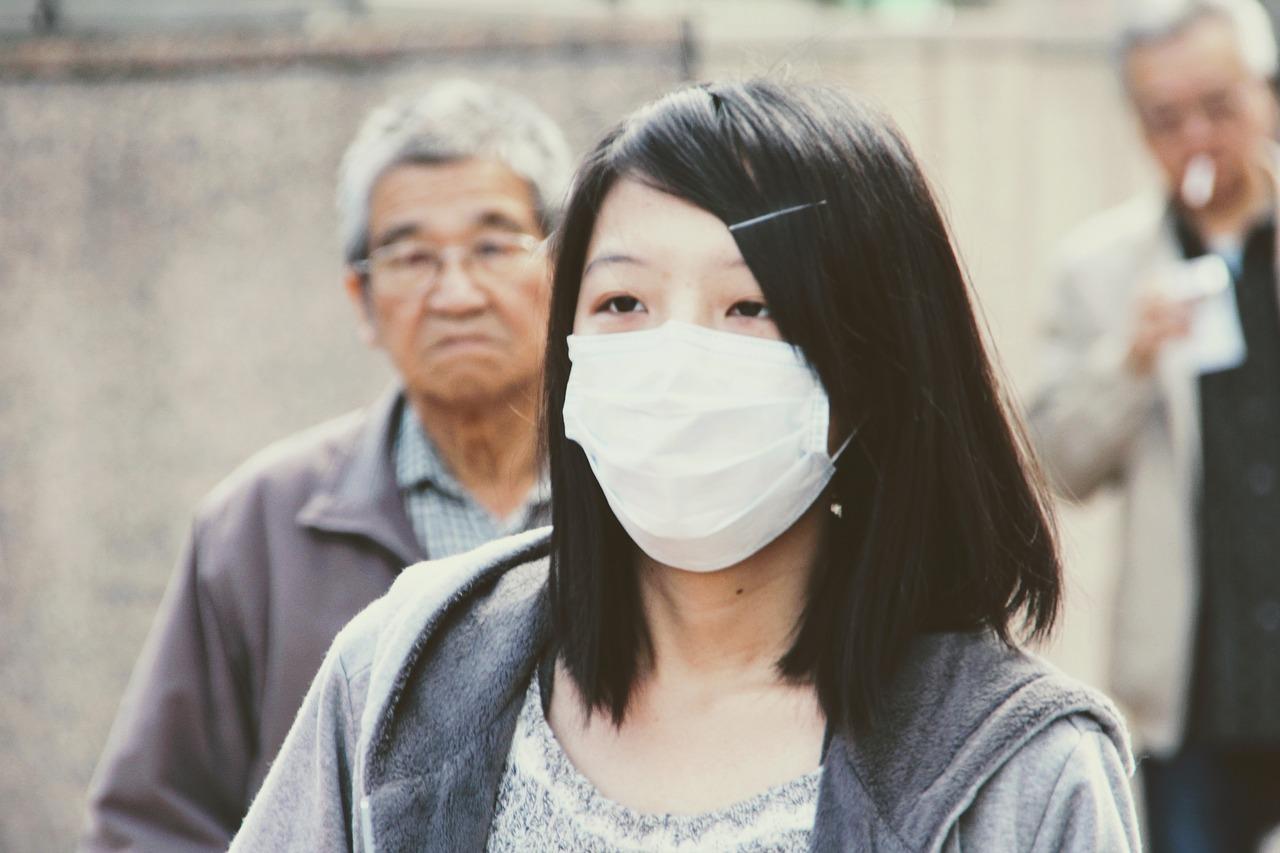Unknown lung disease has recently made at least 15 people seriously ill in the Chinese Million-Dollar City of Wuhan. According to the World Health Organisation (WHO) and the Chinese government, it is almost certainly a new variant of the dreaded coronavirus that could lead to the life-threatening lung disease SARS and MERS, which has caused hundreds of deaths worldwide since 2002.
Most likely, all the patients in Wuhan (Hubei province) have become infected at a local fish and sea fruit market. According to the WHO, the virus they have among their members is ‘almost certainly not contagious’. Doctors and nurses who helped the sick Chinese are not infected. So there is no cause for panic, as there was with other outbreaks of coronaviruses at the time. According to the WHO, almost 60 people got sick in Wuhan. They’re all quarantined in hospitals.
In the meantime, eight people found with the virus have been declared cured and sent home. Most patients are expected to recover. There are, however, major concerns about the 15 people who are still very sick. They have severe lung infections, including respiratory problems.
The coronavirus can infect both humans and animals. The resulting diseases can range from a common cold to kidney failure and serious diseases such as SARS and MERS. SARS (Severe Acute Respiratory Syndrome) broke out at the end of 2002 and is considered one of the most dangerous epidemics of our time. In China, 349 people were killed in 2003, and in Hong Kong another 299 died. More than 8,000 people worldwide were infected in 30 countries and six continents.
In May 2004, the WHO declared that the SARS outbreak in China was under control again. MERS (Middle East Respiratory Syndrome) is another variant of the coronavirus and broke out in Saudi Arabia in 2012. Since then, according to the WHO, it has claimed 851 victims worldwide. In any case, the new variant seems far less harmful than these known viruses. No patient died of still mysterious lung disease.
The new virus was first detected in Wuhan on December 12, among market employees in Wuhan, eastern China. Local media report that, in addition to fish and seafood, other live animals such as birds, rabbits, and snakes were also sold there. That was cause for great concern. After all, it could be a virus that can jump from animals to humans, as happened with avian flu at the time.
Camels
According to the WHO, coronaviruses can infect both humans and animals. The coronavirus that caused SARS was traced to the civet cat, a wild animal that was considered a delicacy in parts of southern China where the epidemic began. And dromedary camels are considered a probable source of MERS. There are currently six coronaviruses known to infect humans. Four of them usually cause a cold, and the other two are the severe, life-threatening and Infectious Diseases SARS and MERS.
The WHO is sober about the situation in China. “As with the lung diseases SARS and MERS, there are no effective drugs that directly help cure the new corona variant. However, supportive treatments, such as the administration of oxygen and fever relief are possible.” The Health Organization insists on further research. For example, the source of the disease, probably an animal, should be found as soon as possible. There is no potential epidemic, according to the WHO. For this reason, no travel or trade restrictions are yet in place for China. However, the local authorities in Wuhan have taken preventive measures such as additional screening of potentially sick people at the airport.
Temperatures
In Singapore, travelers arriving from Wuhan are currently required to get temperatures, according to the Chinese Ministry of Health. Doctors in China and neighboring countries have been warned by the WHO to pay attention to suspected cases of pneumonia in people who have been to Wuhan.
Hospitals in Hong Kong report admitting at least 21 patients with symptoms such as fever, respiratory tract infections, and signs of pneumonia. All would have recently visited the city of Wuhan. Wuhan is therefore seen as the primary source of the disease. Travelers from Wuhan are also checked at most airports in China, South Korea, and Thailand.
